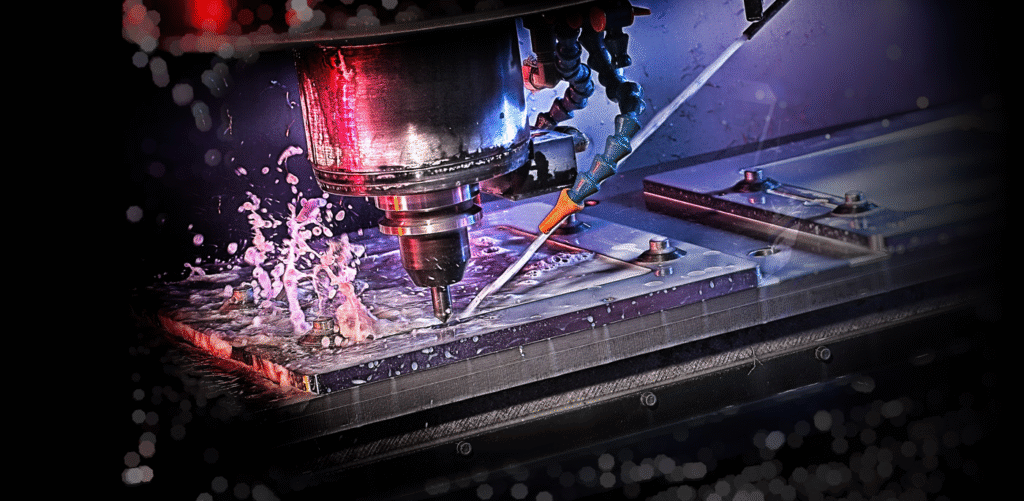
Introduction
Investing in a self-centering vise can transform a workshop—cutting setup times, improving accuracy, and boosting profitability. But with dozens of models and manufacturers on the market, how do you choose the right one?
This 2025 Buyer’s Guide will walk you through the critical factors to consider, ensuring you select a vise that maximizes ROI for your CNC operations.
Step 1: Define Your Application
- High-Precision Work (Aerospace/Medical): Look for 5th axis vises with micron-level repeatability.
- High-Volume Production (Automotive/Consumer goods): Prioritize automation-ready vises with quick-change jaws.
- Heavy-Duty Machining (Construction/Energy): Opt for hydraulic vises with high clamping force and rigidity.
Step 2: Understand the Mechanism
- Mechanical Leadscrew Models
- Affordable, durable.
- Best for job shops with moderate precision needs.
- Affordable, durable.
- Hydraulic Vises
- High clamping force, excellent repeatability.
- Ideal for automation cells.
- High clamping force, excellent repeatability.
- Pneumatic Vises
- Fast actuation, perfect for robotic integration.
- Lower clamping force compared to hydraulic.
- Fast actuation, perfect for robotic integration.
Step 3: Jaw Design
- Standard Hardened Jaws: Long life, suitable for general machining.
- Soft Jaws (Aluminum/Polymer): Protect delicate parts.
- Quick-Change Jaws: Reduce downtime in high-mix production.
Step 4: Key Specifications to Compare
- Clamping Force: Match material requirements (e.g., aluminum vs titanium).
- Jaw Width & Travel: Ensure compatibility with your part sizes.
- Mounting Style: Check compatibility cnc with 4th axis tables (T-slot, zero-point).
- Repeatability: Look for < ±0.01 mm for high-precision industries.
Step 5: Automation Readiness
If your shop uses—or plans to adopt—automation, ensure your vise:
- Supports robotic loading/unloading.
- Can integrate with sensors or IoT monitoring.
- Has pneumatic/hydraulic actuation options.
Step 6: Budget and ROI
- Entry-Level Models: $2,000–$3,000.
- Mid-Tier Hydraulic Models: $5,000–$7,000.
- High-End Automation Vises: $10,000+.
👉 ROI is often achieved in under 12 months through reduced setup time and scrap savings.
Step 7: Supplier Evaluation
When choosing a supplier, consider:
- Reputation and track record in your industry.
- Support and service availability (spare parts, maintenance).
- Customization options for unique workpieces.
Step 8: Future-Proofing
Think long-term:
- Will the vise adapt to new parts as your business grows?
- Can it integrate into Industry 4.0 systems fixturing clamps ?
- Is the design modular enough for upgrades?
Checklist for Buyers
✅ Application requirements defined
✅ Mechanism type selected
✅ Jaw system decided
✅ Key specs matched
✅ Automation readiness confirmed
✅ Budget and ROI justified
✅ Supplier vetted
Conclusion
Choosing the right self-centering vise is not just about buying a tool—it’s about investing in productivity, accuracy, and competitiveness.
With the right selection, your CNC machines won’t just cut parts faster—they’ll run smarter, with less downtime, fewer errors, and higher profitability.
For 2025 and beyond, a well-chosen self-centering vise is not an accessory—it’s a strategic asset.